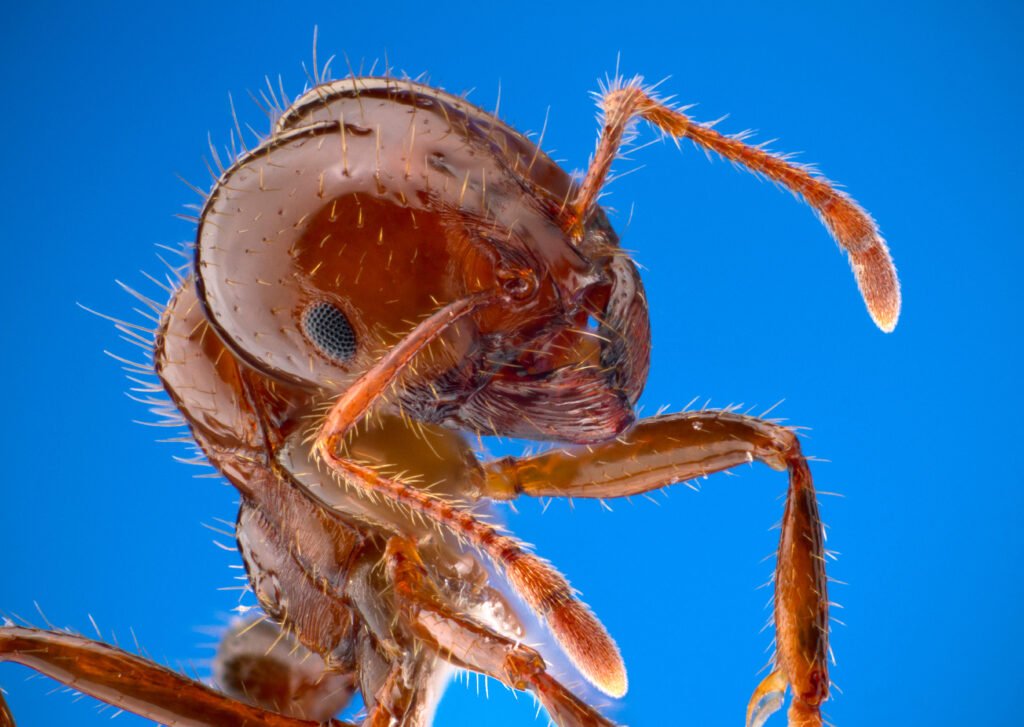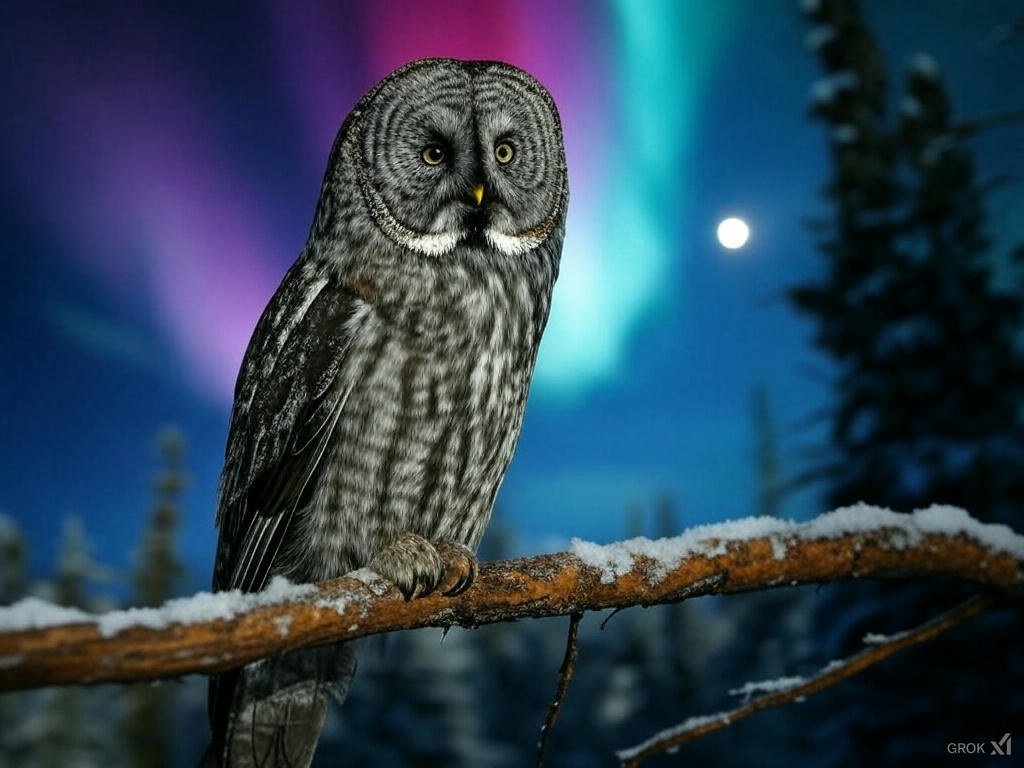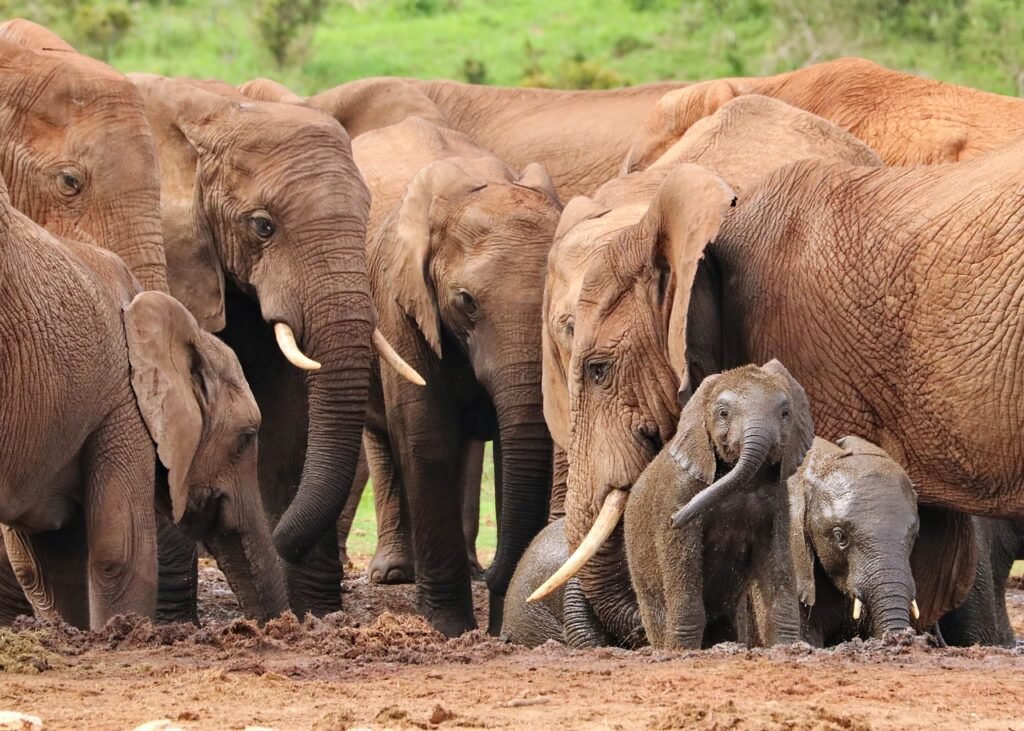Picture this: you’re driving through the picturesque Texas countryside when suddenly, a massive wild hog darts across the road. You slam on your brakes, heart racing, as you realize this isn’t just some random farm animal. This is one of the millions of invasive species that are silently – and not so silently – destroying the very fabric of Texas ecosystems, one crop field and water body at a time. Invasive species are causing economic and environmental damage throughout our state. What started as a few unwanted visitors has turned into a full-scale biological invasion that’s costing Texas farmers, ranchers, and taxpayers hundreds of millions of dollars every year.
Feral Hogs
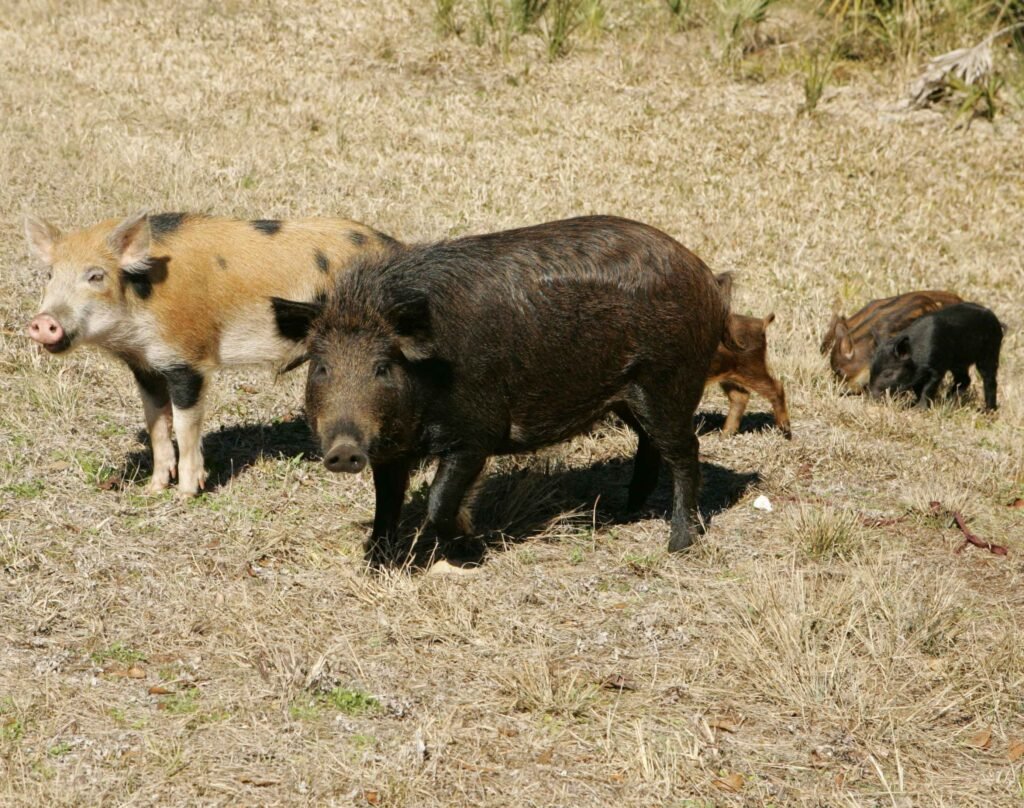
When it comes to destructive invaders, feral hogs are the undisputed champions of chaos in Texas. These destructive animals cause damage estimated at approximately $400 million annually in Texas according to Texas A&M AgriLife Extension. That’s not just pocket change – we’re talking about serious money that could build schools, fix roads, or fund healthcare programs.
What makes these hogs so devastating? Trampling of standing crops and damage to soil from rooting and wallowing activities account for 90-95% of crop damage, in some cases. Imagine working your entire growing season only to wake up one morning and find your entire field looking like it was hit by a bulldozer. That’s exactly what happened to one Texas farmer who destroyed about 10 to 15% of the whole field he had just planted, causing about a few thousand dollars in damages, at least.
Feral hogs are present in 73% of Texas farms, and their population continues to grow. The study noted a 39% increase in hog numbers over the past three years. With reproductive rates that allow populations to double in just four months, these animals aren’t just a problem – they’re an exponentially growing catastrophe.
Giant Salvinia: The Lake-Killing Plant
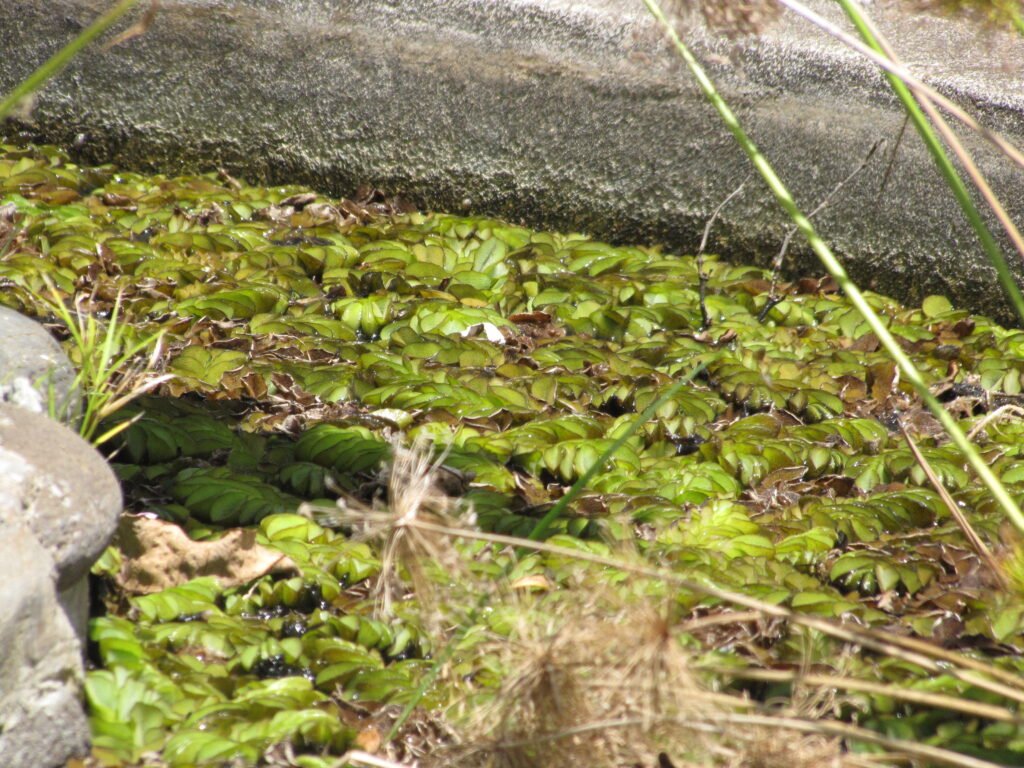
If you thought land-based invaders were bad, wait until you meet giant salvinia. This seemingly innocent aquatic fern has earned the nickname “the world’s worst aquatic weed” for good reason. Giant salvinia, a highly invasive, free-floating aquatic fern that can double its coverage area in 7-10 days under optimal conditions, can produce thick surface mats that impact the ecosystem and aquatic life and make fishing, boating, swimming and other water recreation nearly impossible.
Giant salvinia is currently present on 27 East Texas lakes and numerous rivers, creeks and marshes between Houston and Beaumont. What’s terrifying is how fast this plant spreads. A small quarter-acre pond can become completely covered with giant salvinia in as little as six weeks from the point of invasion.
This isn’t just an inconvenience for weekend boaters. Giant salvinia chains coalesce to form dense mats that shade out native aquatic species and reduce dissolved oxygen levels in water. Salvinia have been shown to affect water sources used for agriculture by entering and obstructing irrigation pipes. When your irrigation system gets clogged by invasive weeds, your entire farming operation comes to a screeching halt.
Zebra Mussels: The Silent Water Destroyers
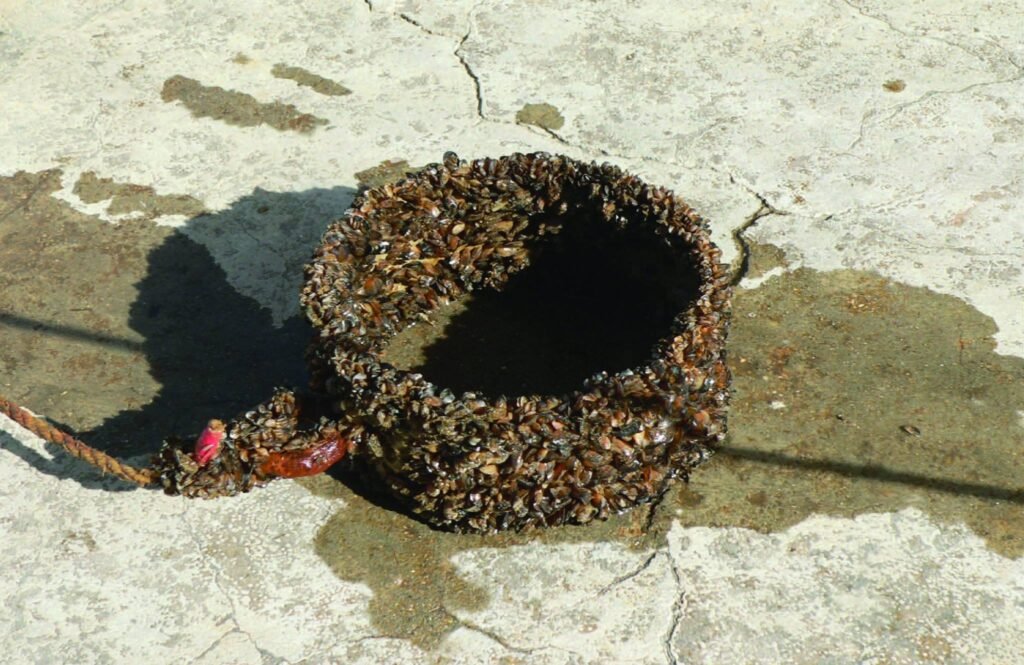
Don’t let their small size fool you – zebra mussels pack a devastating punch. Invasive zebra and quagga mussels have devastating economic, recreational, and environmental impacts. The first Texas zebra mussel infestation was found in Lake Texoma in 2009 and quagga mussels were first detected in Texas in Lake Amistad in 2021. Since then, these tiny mollusks have been on a destructive rampage across Texas waterways.
Zebra mussels are now found in more than 30 Texas lakes across multiple river basins, as well as in reaches downstream of infested lakes. The reproduction rate of these creatures is absolutely mind-boggling. An adult female can produce up to one million offspring in a year! One zebra or quagga mussel can produce up to one million microscopic larvae per year.
Zebra mussels clog pipes, pumps and water valves and are a major and expensive problem for water and power plants. When too many zebra mussels got into a water plant, it shut down the water supply to Monroe, Michigan three times! Imagine if this happened to major Texas cities – entire communities could be left without clean water because of these tiny invaders.
Red Imported Fire Ants: The Painful Invasion
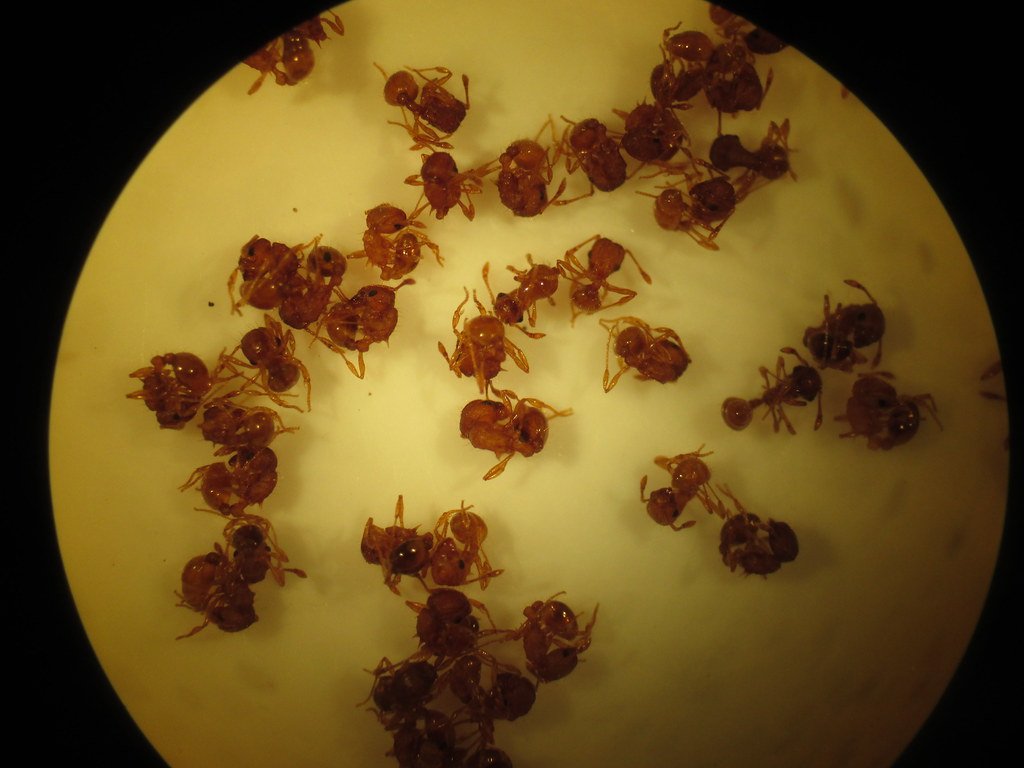
Anyone who’s lived in Texas for more than five minutes has probably had an unpleasant encounter with red imported fire ants. Although Texas has some native fire ants, the red imported fire ants came from South America, most likely in some soil carried in on a ship docking in Alabama. These fire ants spread rapidly across the southern United States.
These aren’t your garden-variety ants that just want a crumb from your picnic. Red imported fire ants damage electrical wiring and some crops. Their stings are painful and they will sting repeatedly. Their mounds can be large and interfere with people’s activities. Nothing ruins a beautiful Texas day like accidentally stepping on a fire ant mound and getting attacked by hundreds of these aggressive insects.
Water Hyacinth: The Beautiful Destroyer
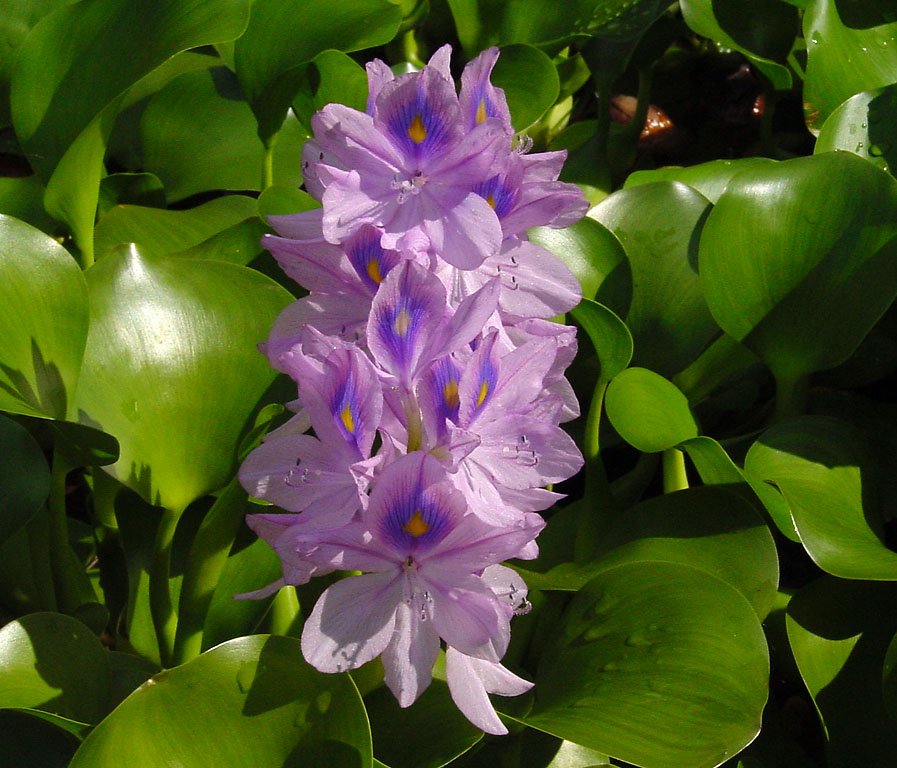
Sometimes the most dangerous invaders come disguised as beauty. Water hyacinth is a perfect example of this deception. Water hyacinth is native to South America. It produces beautiful flowers, but under the water, its roots grow into a thick mat and spread rapidly.
Like other invasive aquatic plants, the water hyacinth can block sunlight, reduce oxygen in the water and kill plants that provide food for fish and other aquatic life. The thick plants block boats and sometimes water flow. Water hyacinth can be a home to mosquitoes and increase their numbers. So not only does it kill native plants and fish, but it also creates breeding grounds for disease-carrying mosquitoes. Talk about a triple threat!
Chinese Tallow Tree: The Forest Takeover
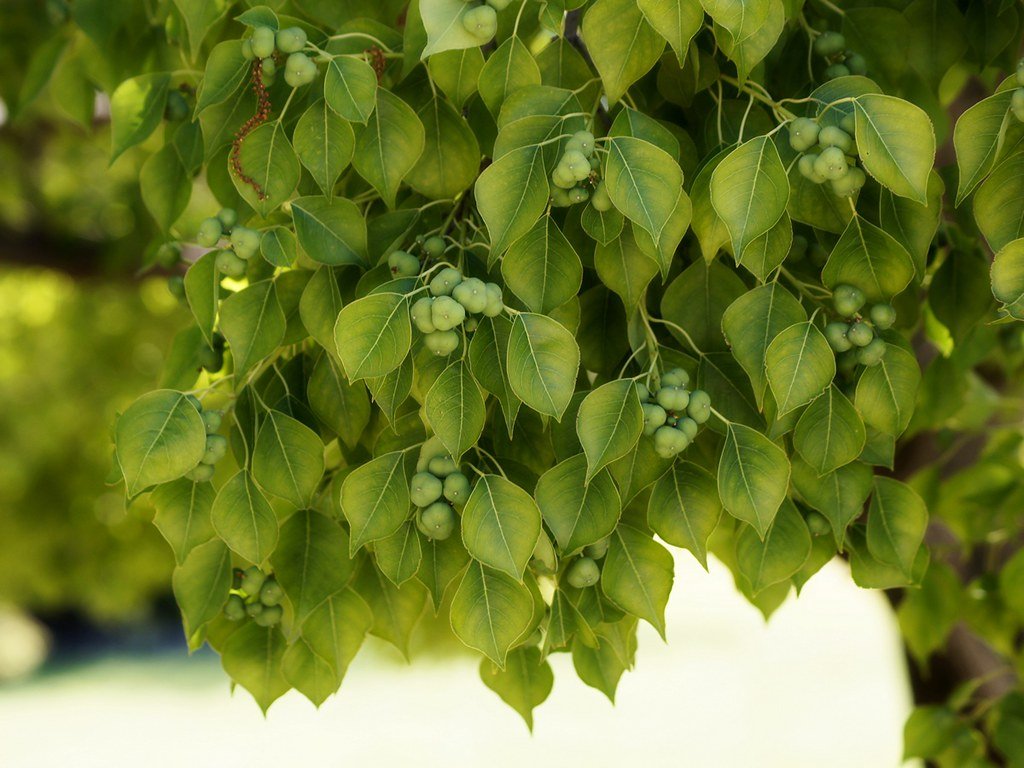
Here’s a fun historical fact that turned into an ecological nightmare: The Chinese tallow tree may have been brought to the United States by Benjamin Franklin. It is planted in landscapes but can easily spread beyond someone’s yard. What seemed like a good idea centuries ago has become one of Texas’s most persistent invasive plant problems.
Chinese tallow is a tall tree that can grow in many types of habitats. It damages wetlands and takes over forests. Once it starts to grow, it spreads by roots and seeds. It can quickly take over a forest until it is the only type of tree growing there. Imagine entire forests being transformed from diverse ecosystems into monoculture wastelands dominated by a single invasive species.
Foresters think the tree may even change the soil chemistry as it spreads, making it difficult for other trees to survive. This isn’t just competition – it’s chemical warfare at the ecosystem level.
European Starlings: The Sky Invaders

Birds might seem harmless, but European starlings prove that even feathered creatures can wreak havoc. European Starlings were purposely brought to the United States and spread quickly. Starlings compete with native birds and destroy crops. This invasion wasn’t an accident – it was intentional, which makes it even more frustrating.
Starlings take over nest cavities, forcing out bluebirds, flickers, and other woodpeckers that nest in holes. They’re essentially bullying native birds out of their homes, disrupting entire breeding cycles and threatening native bird populations.
Nutria: The Wetland Wreckers

Nutria is a medium-sized, grayish-brown rodent with a long, round tail with few hairs. These South American natives might look like oversized hamsters, but they’re causing serious environmental damage throughout Texas wetlands. Nutria also eat aquatic vegetation. This can kill off aquatic vegetation, causing erosion and loss of habitat for other species.
When nutria destroy wetland vegetation, they’re not just removing pretty plants. They’re eliminating the foundation of entire ecosystems that countless birds, fish, and other wildlife depend on for survival.
Cotton Leafhopper: The Newest Agricultural Threat
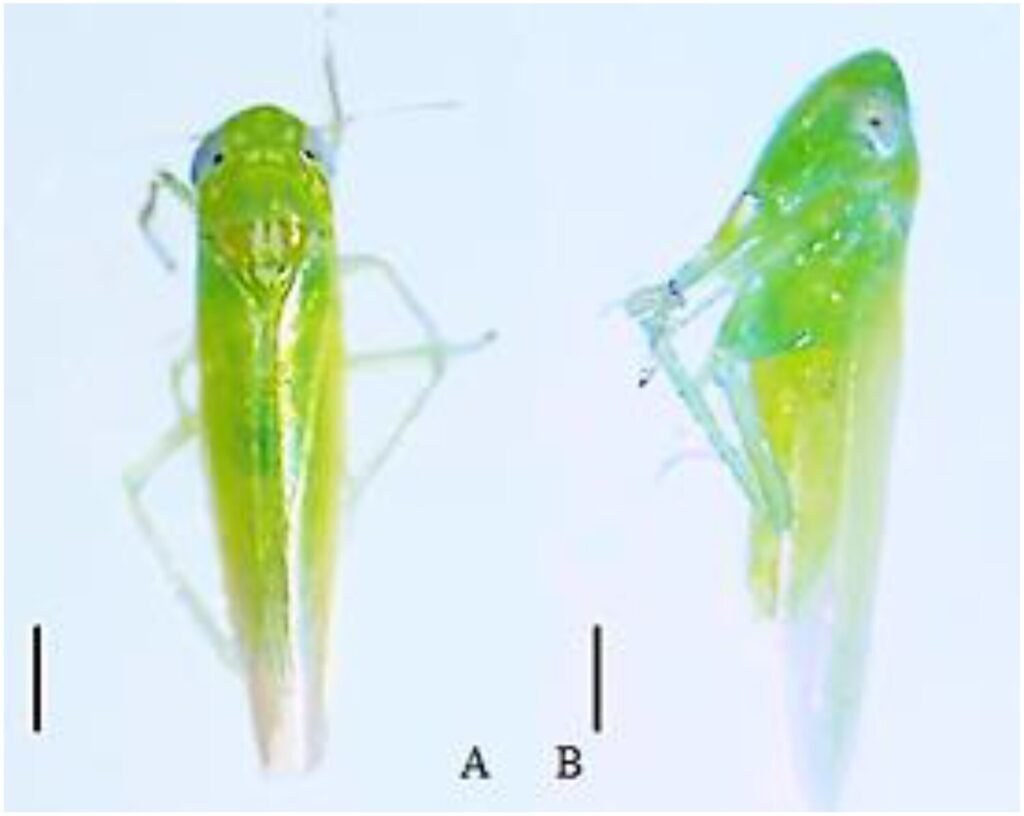
Just when Texas farmers thought they had enough to worry about, a new invader appeared on the scene. The invasive pest was recently detected in some regions in Texas. The cotton jassid, better known as the two-spot cotton leafhopper, is an invasive pest that was recently detected in some regions in Texas. The leafhopper has been found on hibiscus plants in nurseries in Waco, San Antonio, El Paso and Corpus Christi, among other places.
These pale green bugs with yellow-green wings find their home in a wide range of hosts including cotton, okra, peanuts, soybeans, sunflowers, eggplant, potato and many ornamental plants. The pest has been extremely difficult to control in India and can destroy as much as half of cotton crops. With Texas being a major cotton producer, this tiny insect could potentially devastate the state’s agricultural economy.
Silver Carp: The Jumping Fish
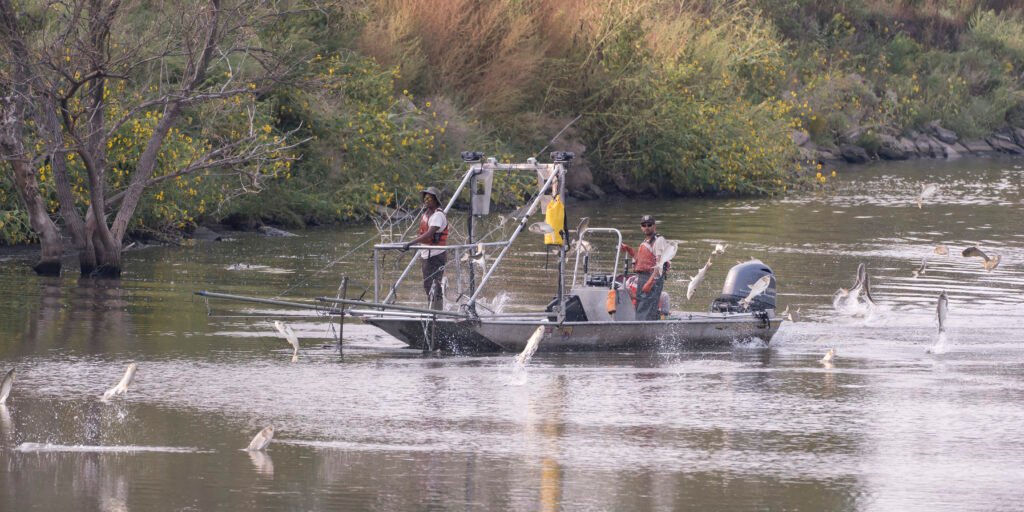
The latest aquatic invasion making headlines involves silver carp. The Texas Parks and Wildlife Department (TPWD) received a report in late June that an invasive silver carp had been spotted in Choctaw Creek, a Texas tributary of the Red River approximately 15 miles downstream from Lake Texoma. These are the first reports of silver carp from Texas waters.
Invasive carp pose a significant risk to Lake Texoma’s ecosystem and boaters and there is adequate flow and upstream river area for them to become established and reproduce in the lake if introduced. These fish are notorious for jumping out of the water when startled by boat motors, potentially injuring boaters and creating dangerous situations on popular recreational waters.
The Staggering Economic Impact

The numbers don’t lie – invasive species are costing Texas a fortune. According to recent estimates, these costs are estimated at $120-162 billion across the United States annually. While that’s a national figure, Texas bears a disproportionate burden due to its size, diverse ecosystems, and extensive agricultural industry.
Combined across 13 surveyed states, feral hogs caused an estimated $1.6 billion in agricultural losses in a single year. Total costs were highest in Texas (approximately $400 million), Georgia ($152 million) and Oklahoma ($116 million). Additional losses include: $193 million in pastureland destruction, $122 million in lost income due to planting changes to avoid hog damage, $103 million in crop-related property damage, $375 million in damage to livestock infrastructure and $474 million spent annually on hog control, requiring over 17 million labor hours.
These aren’t just abstract numbers on a government report. They represent real farmers losing their livelihoods, families struggling to make ends meet, and communities watching their natural heritage disappear before their eyes. Every dollar spent fighting invasive species is a dollar that could have been invested in education, infrastructure, or economic development.
The Fight Back: What Texas Is Doing
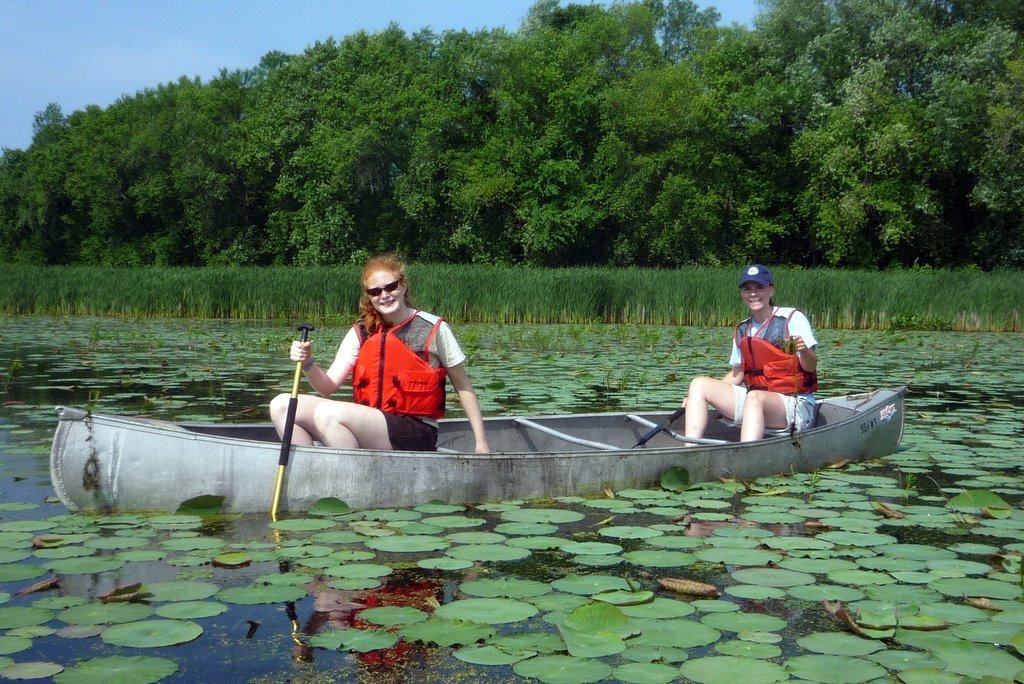
Despite the overwhelming challenge, Texas isn’t throwing in the towel. The Texas Cooperative Wildlife Services program is a joint effort between USDA-Animal and Plant Health Inspection Service (APHIS)-Wildlife Services, the Texas A&M AgriLife Extension Service, and the Texas Wildlife Damage Management Association, whose mission is to protect the state’s resources from damage caused by impactful species. The number of feral hogs removed from the state through this program has increased since 2019, with 51,215 hogs removed in 2021.
Innovation is also playing a crucial role. A new Texas A&M AgriLife Extension Service study shows a warfarin-based toxicant could help slow the out-of-control feral hog numbers by serving as an effective option for landowners and to help minimize damage on their property. Texas A&M AgriLife experts are the leading authorities on feral hog control in the nation, and we are the first to test this in a real-world application.
The battle against invasive species in Texas is far from over, but it’s a fight that must be won. These alien invaders didn’t ask for permission before crossing state lines and destroying ecosystems that took thousands of years to develop. Every day we delay action, the problem gets exponentially worse and more expensive to solve. The question isn’t whether Texas can afford to fight these invasive species – it’s whether Texas can afford not to. What will it take for every Texan to realize that this biological invasion threatens not just our environment, but our entire way of life?

